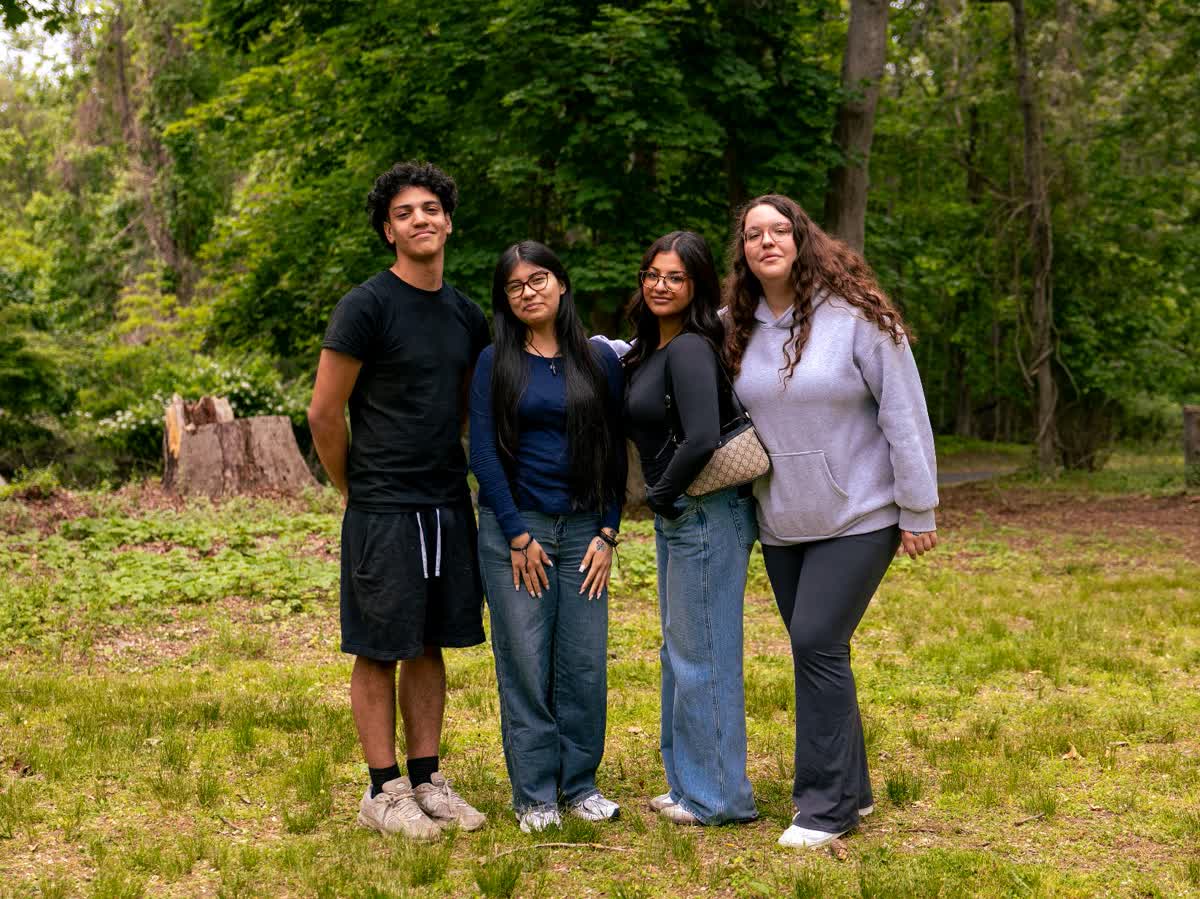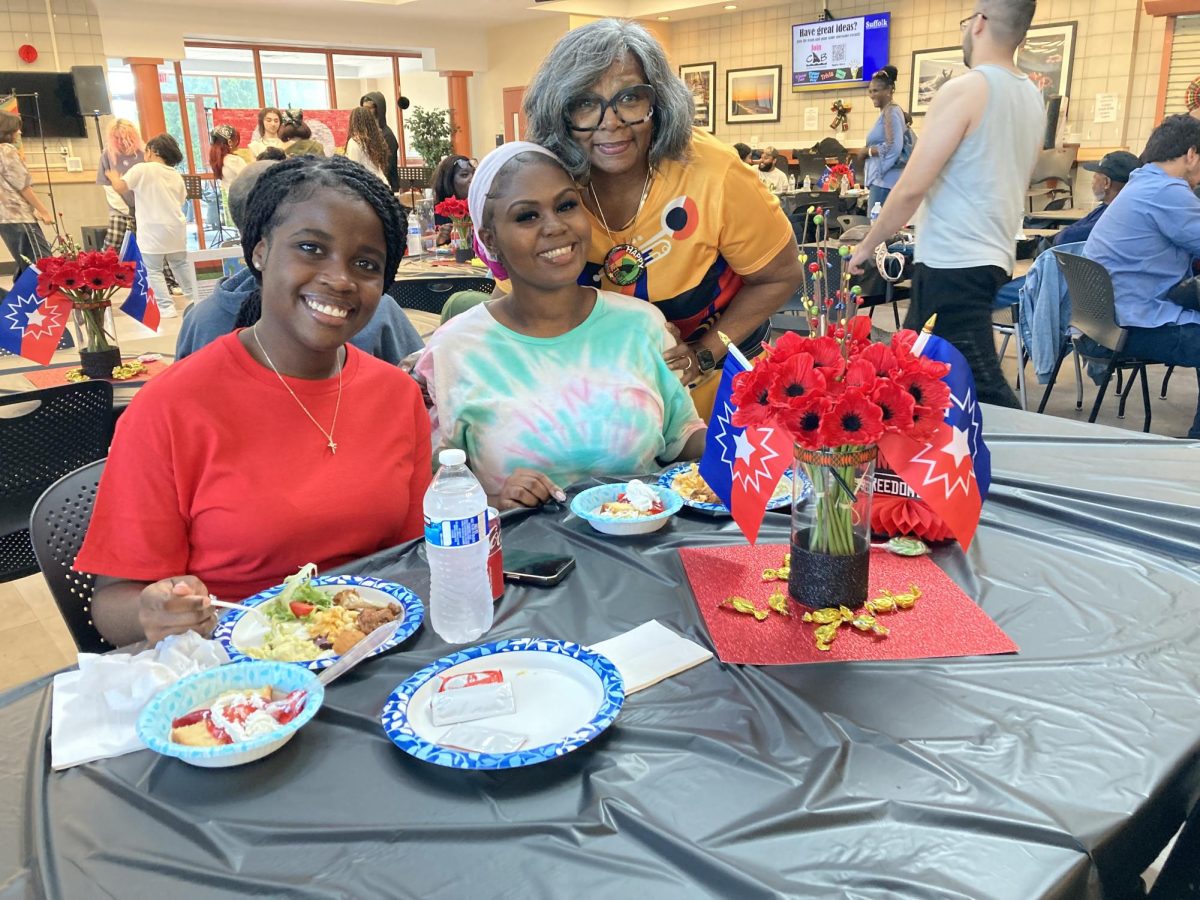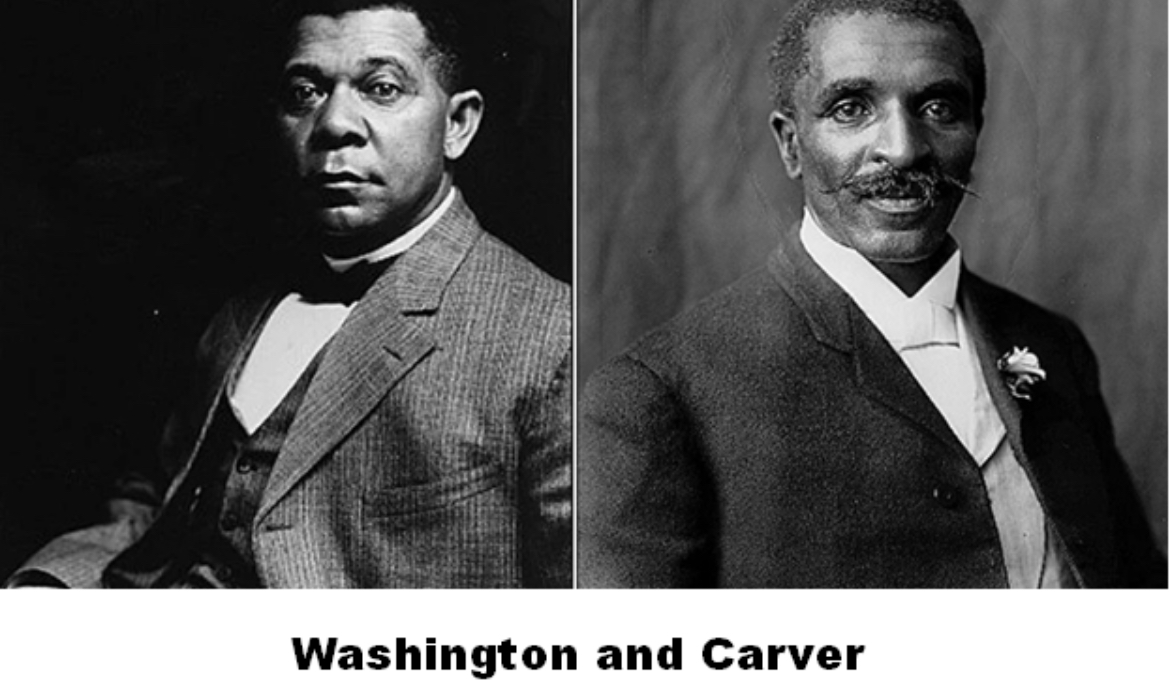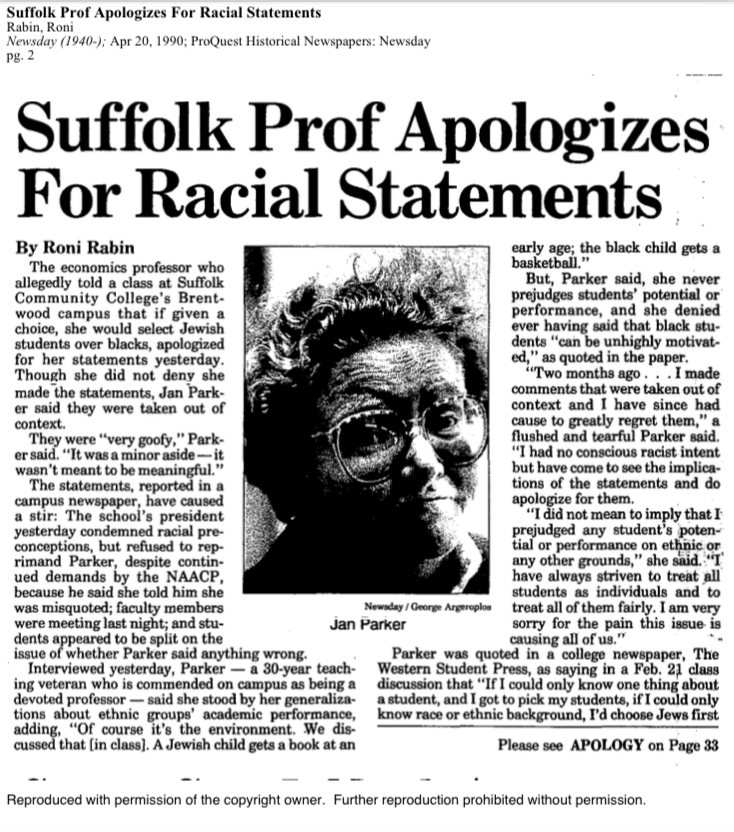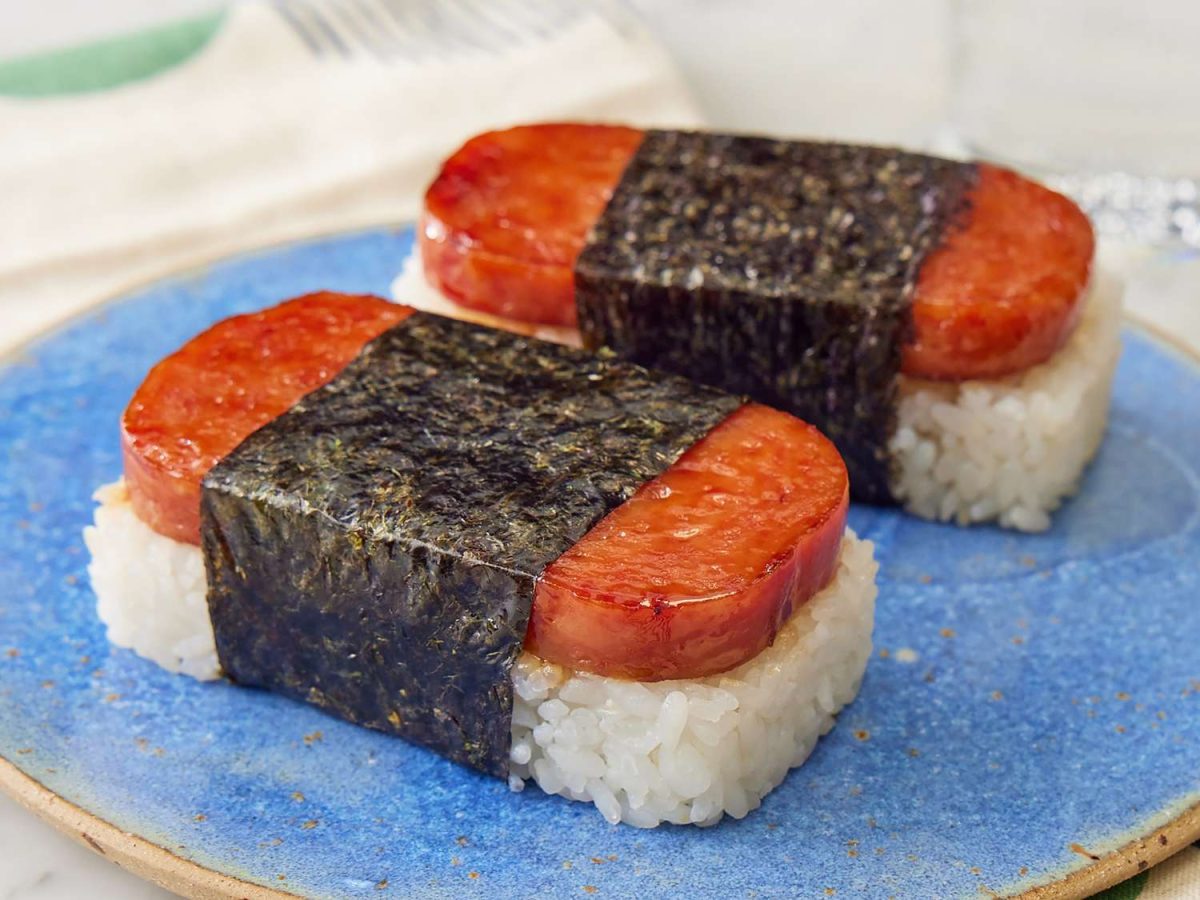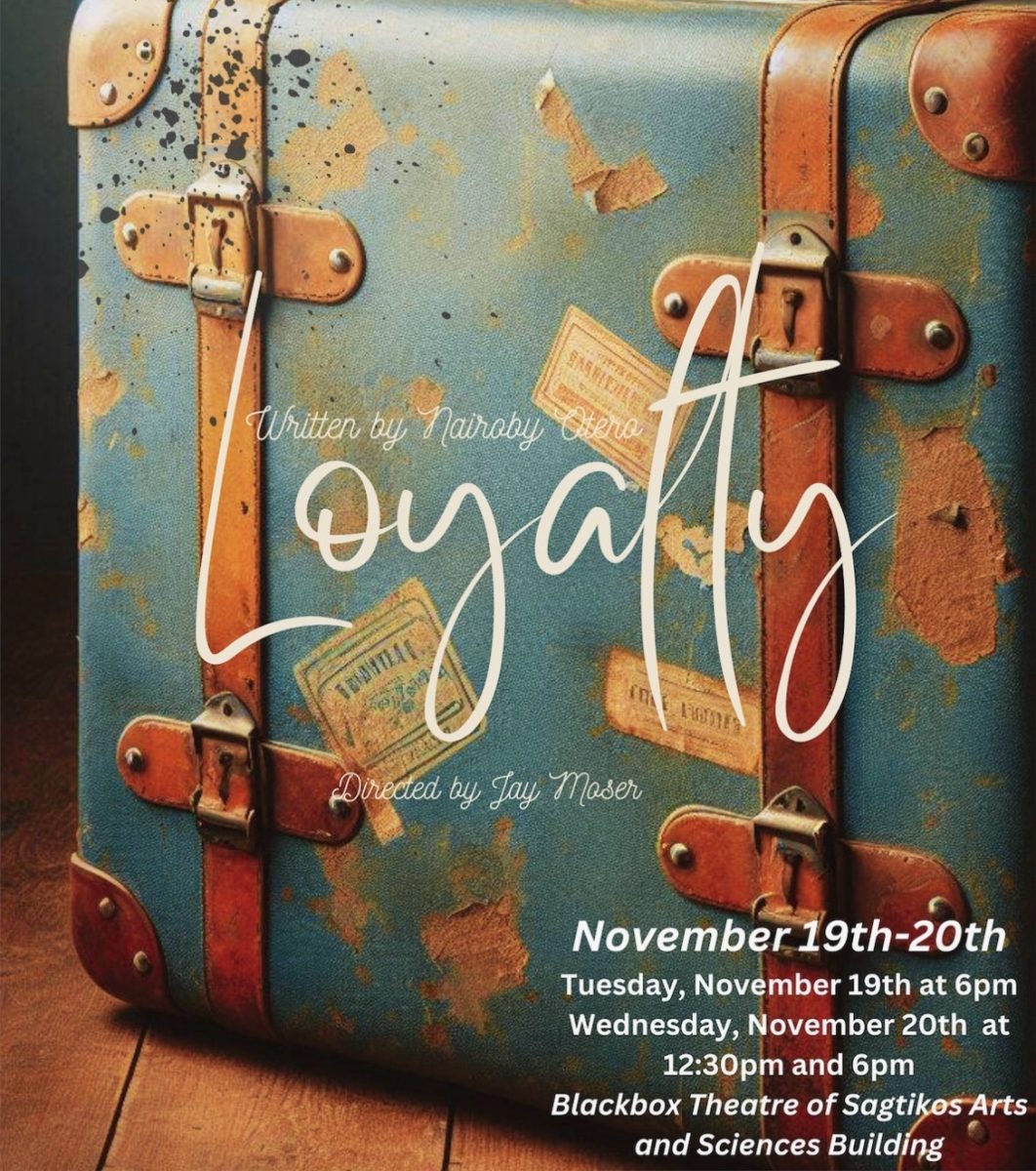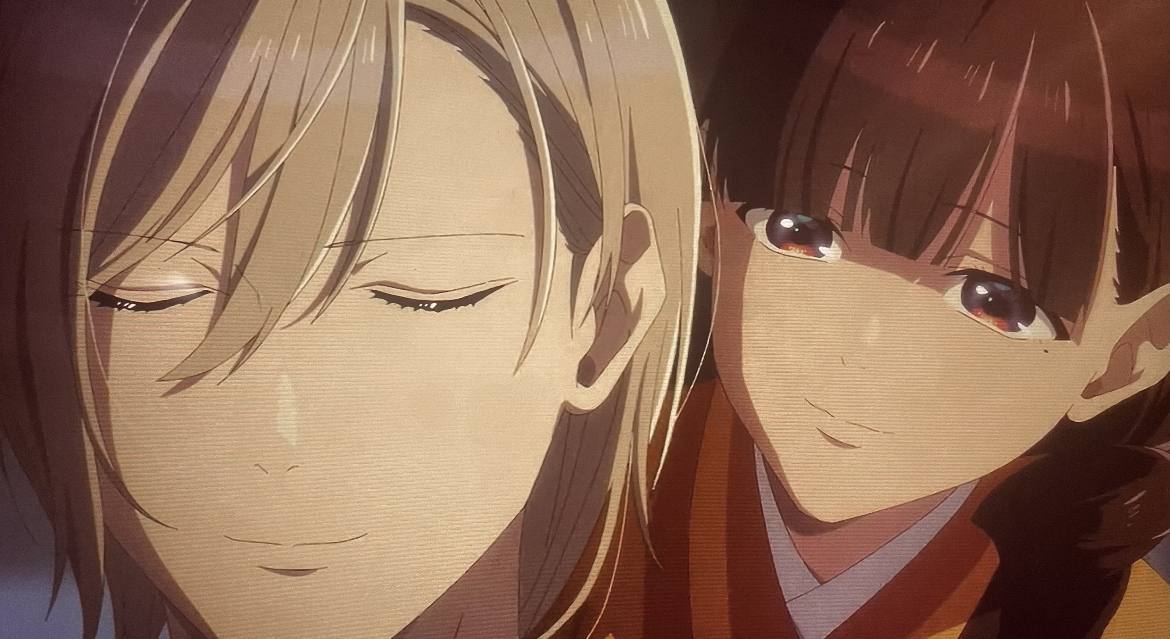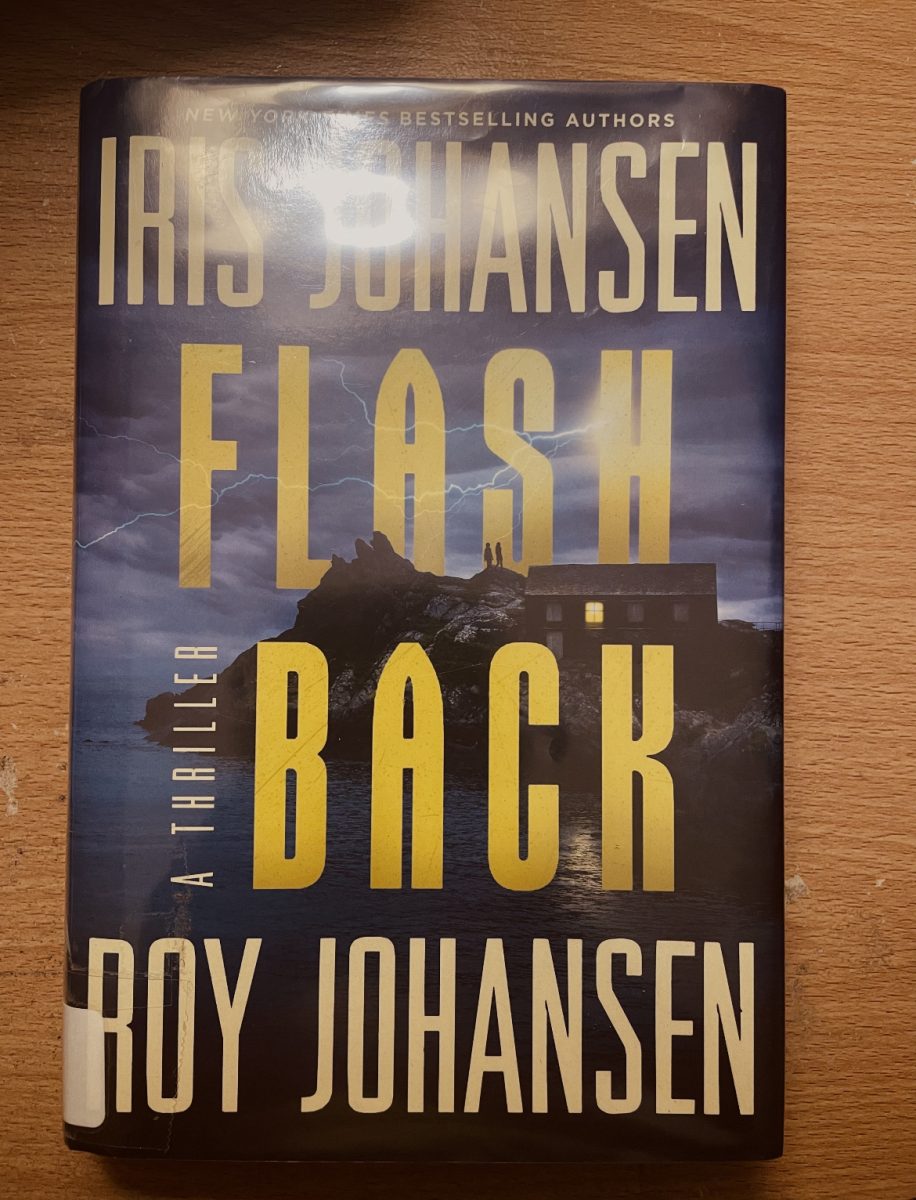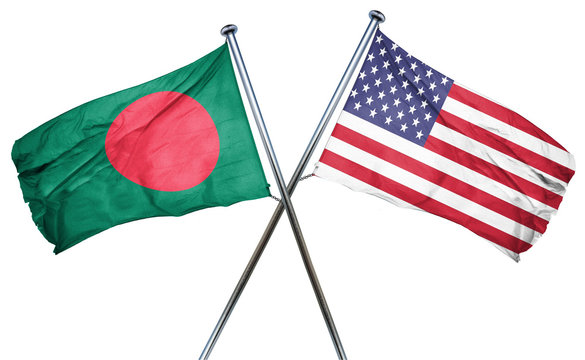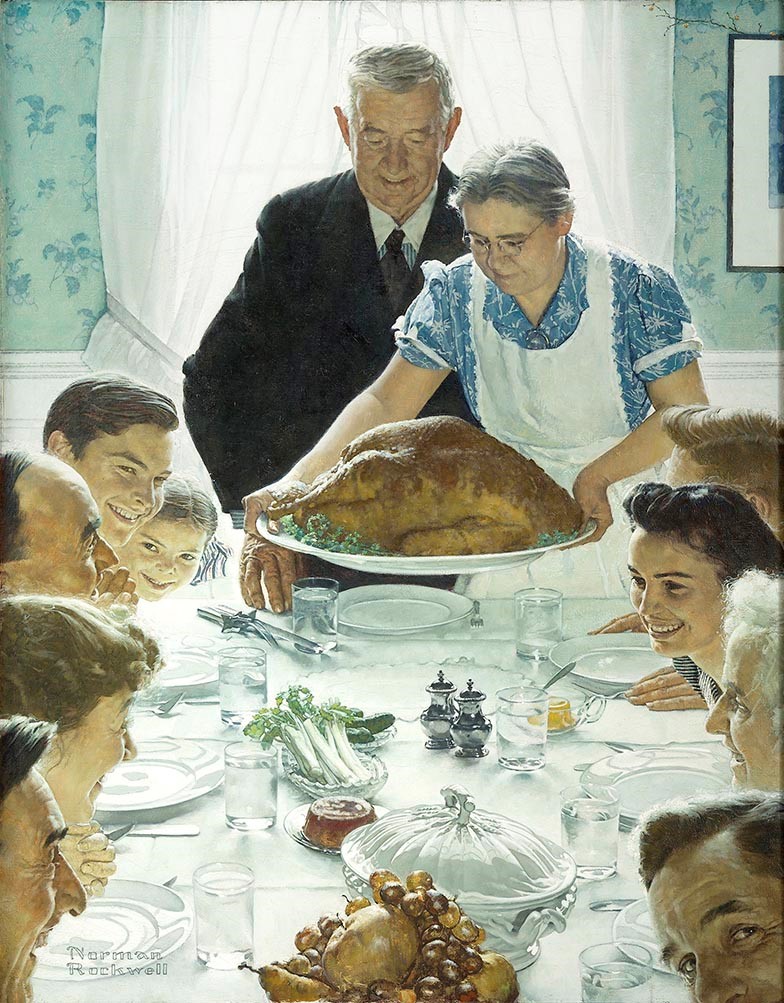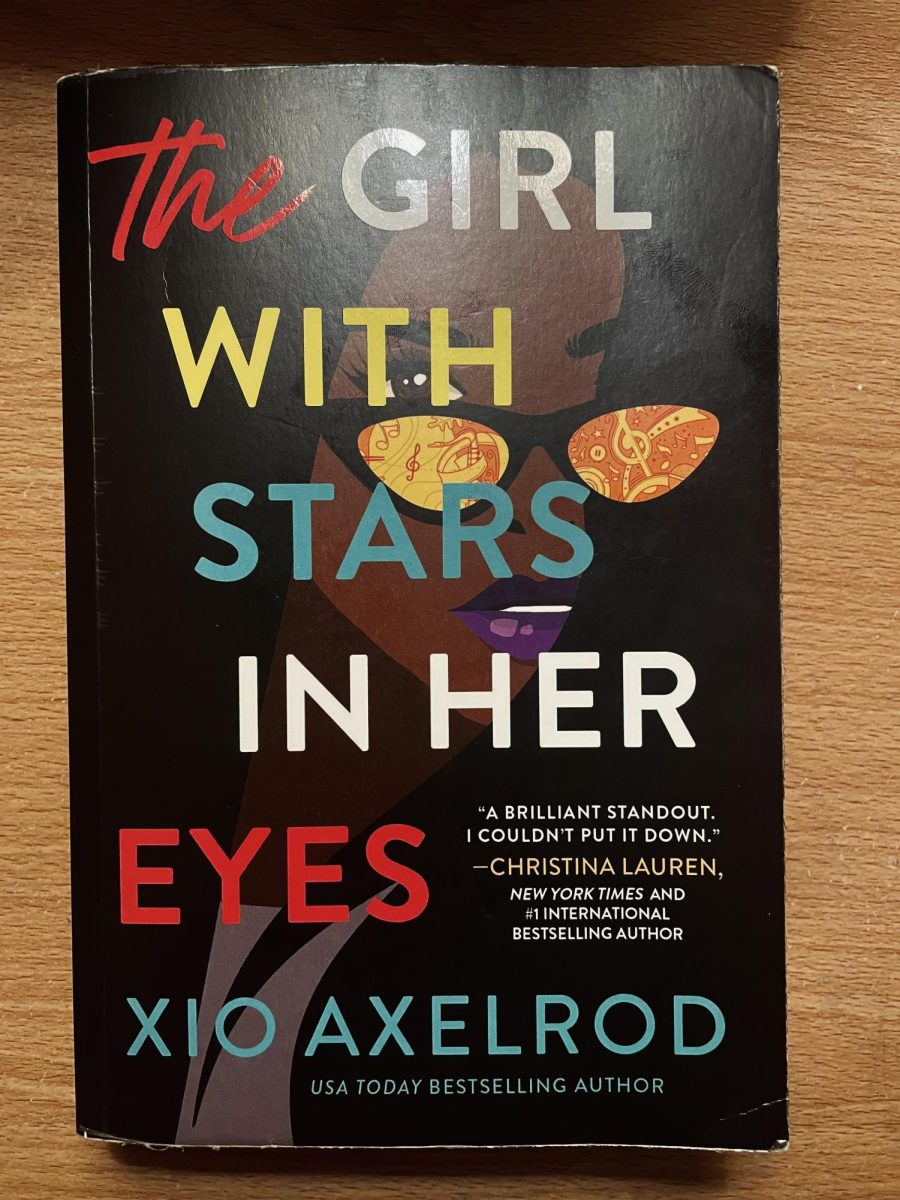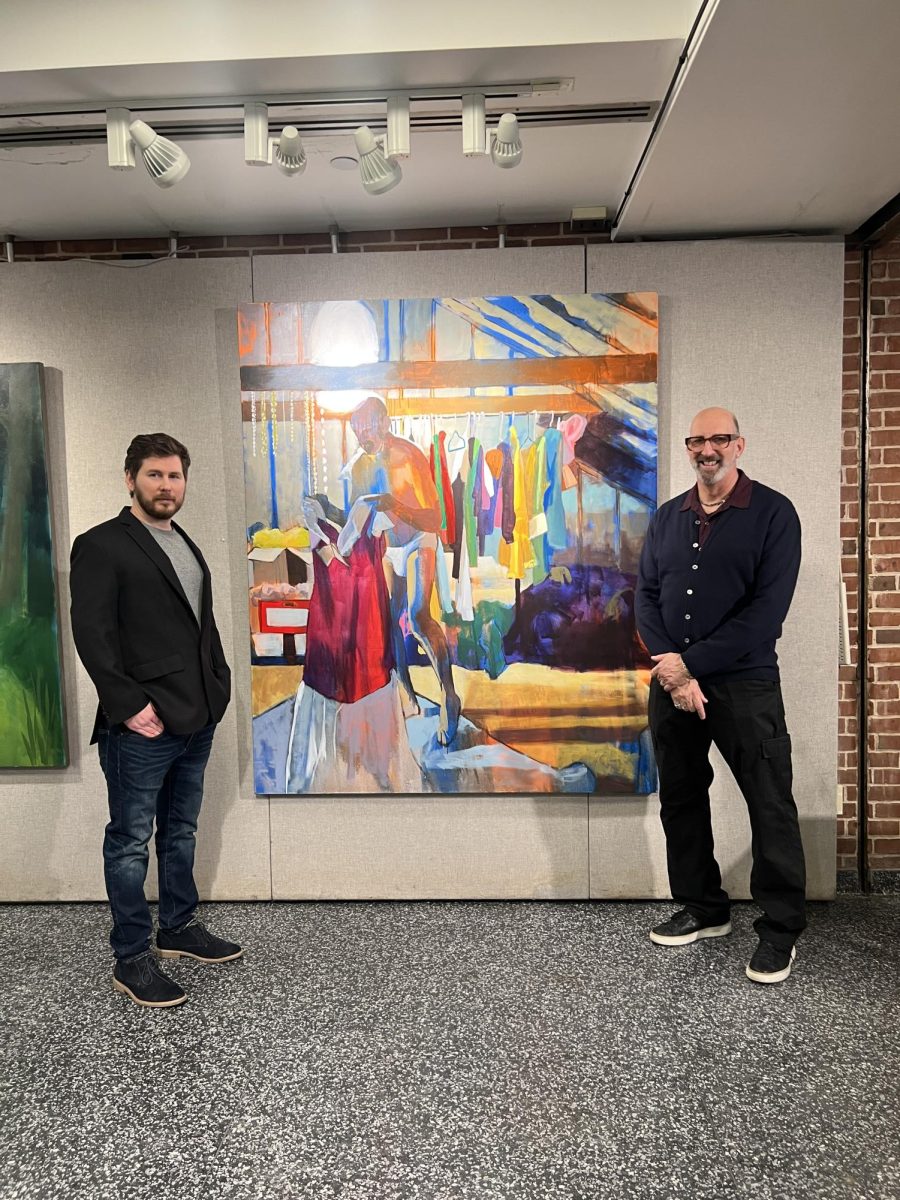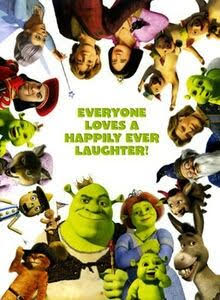My Happy Marriage is one of my favorite anime series of all time due to its stealthy, yet delicate, incorporation of fantasy and realism. Based in Japan, the story features life through the eyes of Miyo Saimori. Miyo’s story is a fictional narrative that reveals very real experiences within a dysfunctional family dynamic. Miyo was born into a patrilocal residence in which her father sought out her mother solely for her prestigious bloodline.
Prior to marriage, Miyo’s mother belonged to the Usuba family, a family whose power exceeds all other families. Within the series, people aren’t ranked solely by money or other tangible attributes but are appraised based on their abilities. Abilities are supernatural powers that one can either be born with or not. These powers typically begin to manifest around the age of four, setting the social standing for that individual and the rest of their family.
The Usuba bloodline possessed abilities that gave them superiority over all gift users: the ability to interfere with the minds of others, regardless of their noble status. This family’s gifts were designed to maintain order, subduing gift-users who abused their power over others. Miyo’s pre-determined purpose, in the eyes of her father and his family, was to use the gifts of the Usuba bloodline the moment Miyo manifested its power. When Miyo’s mother passed away shortly after giving birth to her, all pressure was placed onto Miyo to perform as expected.
Having significant abilities can bring great power and recognition to a family, but failing to possess such abilities can bring great shame. When Miyo failed to produce any supernatural abilities during testing as a child, she was quickly ostracized by her father and his new family: Miyo’s vindictive stepmother and equally mean-spirited half-sister. She was physically and verbally abused regularly and deemed to live her life as one of the servants.
The depiction of Miyo’s life closely resembles the events of people who experience narcissistic abuse. It is very typical within dysfunctional families to ostracize, shame, and even enslave one child while glorifying and coddling the other(s). Bystanders who are looking from the outside in typically do not understand the reality of what’s happening within such households. It is too easy for such individuals to glaze over appearances and make premature judgements. For the majority of those who are familiar with such abuse, they know the isolation that comes with being demonized and blamed for their circumstances while the rest of the family are perceived as blame-less or, ironically, as victims themselves. Those who know fully understand the reality of having the truth flipped around, being gaslit, and being conditioned to possess learned helplessness.
This series accurately paints the lives and traits of those who’ve experienced such abuse in a way that no other animated or live series ever has. It reveals the subtle and systematic behavior that are unique to narcissistic families while also listing it out in a way that can be applied to other toxic dynamics: romantic relationships, friendships, etc. One of the scenes that stood out to me was when Miyo runs into her half-sister in public. At this point in the series, Miyo is married off to a man with a notorious reputation and has already been removed from her father’s residence. When Miyo’s half-sister discovers that Miyo is defying her condemnation to a miserable life, and is doing very well, she goes into a narcissistic rage. A narcissistic injury is when an abusive individual perceives an imagined slight due to another individual acting in a way that isn’t in accordance with what they demand from them. By simply being happy, Miyo “provoked” an outburst of rage and resentment from her half-sister. This scene was so overly accurate that it made me laugh.
Though some of the scenes throughout the series may be extremely difficult to watch, I think it is worth it to anyone who can even remotely identify with Miyo. Her story and character arc are very empowering to watch unfold; it will bring peace and clarity to parts of your life you may have suppressed without overwhelming you. The lighter romantic and intense action scenes help balance out the difficult personal ones.
Along with the story itself, the imagery throughout this series is incredible. The creators managed to strategically incorporate significant parts of Japanese culture with the progression of the plot. Whether it’s Miyo’s mementos from her mother or the distinct food and amount of it that Miyo prepares for her husband, they are able to use culture as a symbolic tool to craft their story. Additionally, they incorporate less glamorous aspects of Japanese culture such as arranged marriages and characteristics of abuse victims from an unbiased and non-judgmental perspective. Even in little details such as Miyo’s eyes, the design reflects a part of the narration for her character.
For those of you looking for the action, do not worry. The progression is slow, but once the action scenes fully begin in episode six, they keep getting better. The animation of supernatural powers is also something that I haven’t seen in any other series. When they are finally shown, the action is abrupt and terrifying. All in all, I give this series 4.5 stars.




